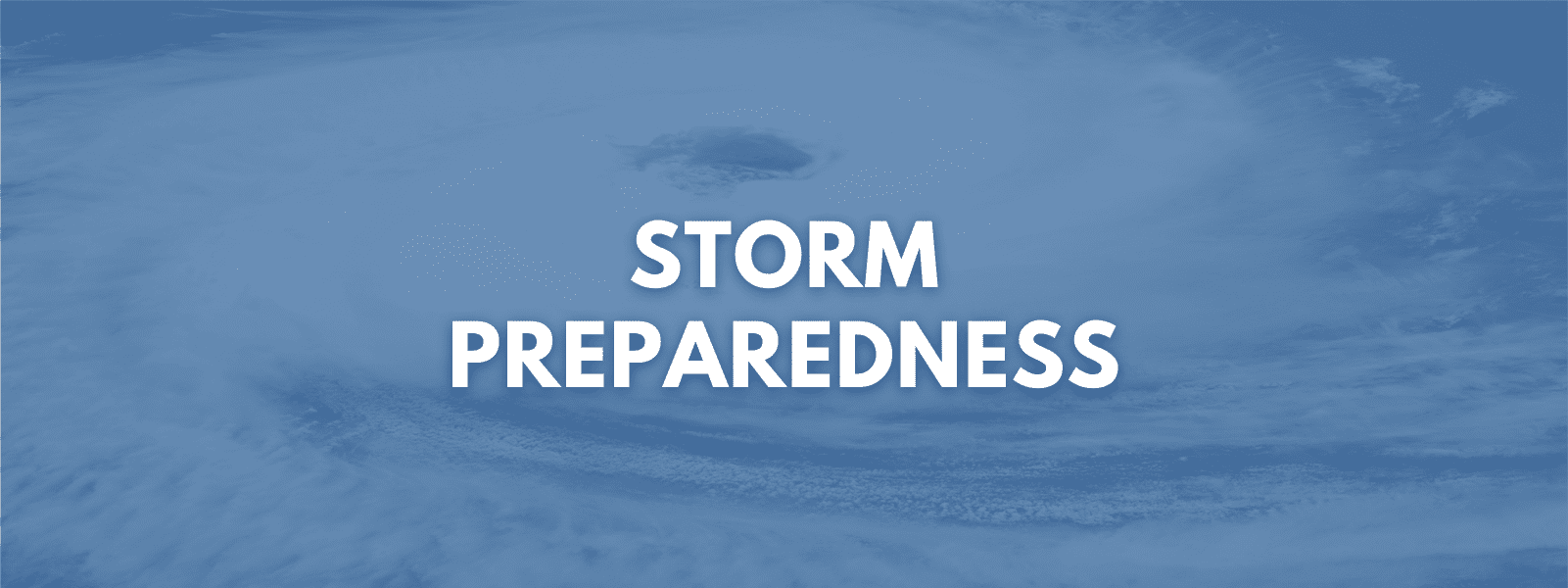Stay Safe: Useful Hurricane Henri Info
August 21, 2021

While I will be sworn in as your state senator next week, I still wanted to relay this important information about hurricane preparedness from our state and municipal officials.
Henri is anticipated to be a dangerous storm, so please take precautions and share this information.
Please check on your elder relatives and neighbors now to be sure they are doing well and have supplies in case of power outages.
In Greenwich: Contact 203-622-8004 to report trees and wires down and if roadways are blocked. 911 is for emergencies. The John Margenot Atrium, located within the Town of Greenwich Public Safety Complex at 11 Bruce Place, has been designated a cooling and charging station. Open 24 hours. Please wear a mask and maintain proper social distancing if you come to use the facility.
In New Canaan: To receive emergency notification info:
https://www.newcanaan.info/online_services/emergency_call_out_system/index.php
In Stamford:
http://www.bepreparedstamford.org/home.aspx
Contact Eversource for outages and outage information. https://www.eversource.com/content/ct-c/residential/outages/storm-preparedness/outage-alerts-text-reporting
Optimum Online storm information: https://www.optimum.com/storm
Get e-alerts through CTAlert. Go to www.ct.gov/ctalert to register.
MTA service info:
https://new.mta.info/article/hurricane-henri-potential-mta-service-changes
Insurance questions? More info: https://portal.ct.gov/CID/Natural-Catastrophe-Information/Homeowners-Storm-Claims-FAQs
Don’t get scammed. More info: https://portal.ct.gov/DCP/News-Releases-from-the-Department-of-Consumer-Protection/2021-News-Releases/State-Officials-Warn-to-be-Aware-of-Natural-Disaster-Related-Scams
Beware of the dangers of carbon monoxide poisoning.
More info: https://portal.ct.gov/DPH/Press-Room/Press-Releases—2021/Connecticut-DPH-Issues-Warning-About-Carbon-Monoxide-Poisoning
The following list includes some hurricane preparedness tips:
Have a plan for your family including children, loved ones with functional needs and pets. Ready.gov has information on how to plan for an emergency.
Recommended items to include in a basic emergency supply kit
- One gallon of water per person per day for at least three days, for drinking and sanitation
- At least a three-day supply of non-perishable food
- Battery-powered or hand crank radio and a NOAA Weather Radio with tone alert and extra batteries for both
- Flashlight and extra batteries
- First aid kit
- A whistle to signal for help
- Garbage bags and plastic ties for personal sanitation
- Wrench or pliers to turn off utilities
- A manual can opener for food (if kit contains canned food)
- Local maps
- Cell phone with chargers, inverter or solar charger
- Food and litter requirements for any pets
- Medicine or any special need items, including diapers for infants
- Cleaning supplies that disinfect for COVID-19 and face masks should they be needed at a shelter
Family emergency plan
- Be sure you and family members are aware of local shelter locations and your evacuation zone, especially if you live along the shoreline.
- Identify an out-of-town contact. It may be easier to make a long-distance phone call than to call across town, so an out-of-town contact may be in a better position to communicate among separated family members.
- Be sure every member of your family knows the phone number and has a cell phone, coins, or a prepaid phone card to call the emergency contact.
- Plan ahead and pre-set a family group text conversation in your phones. Text messages can often get around network disruptions when a phone call might not be able to get through, and it uses less battery life.
Stay well and be safe.
Ryan
